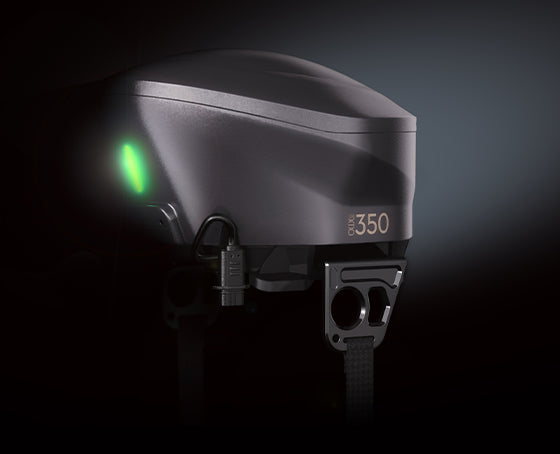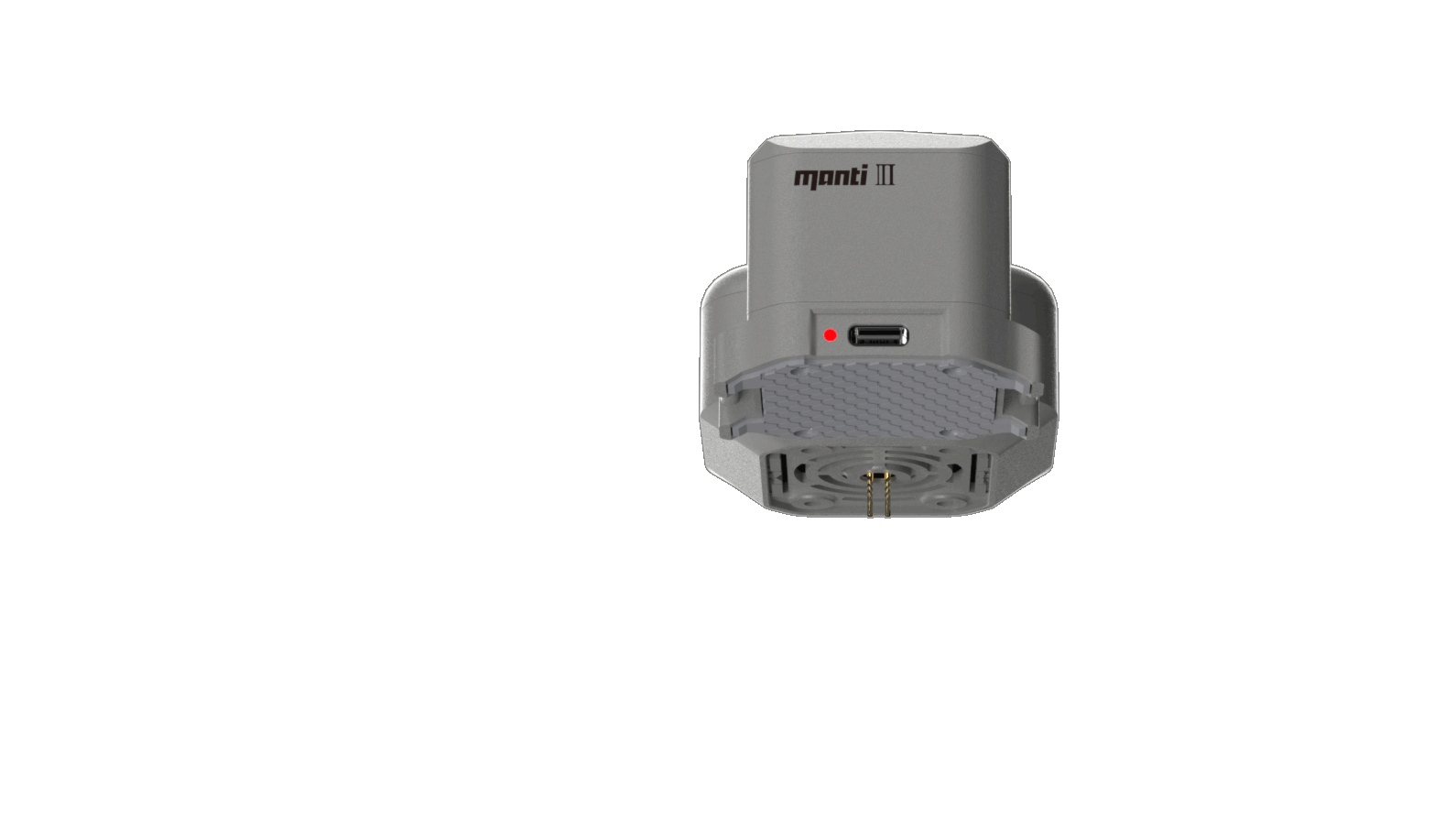
What is Drone Parachute and why are they necessary?
A drone crash is pretty much a nightmare for any drone pilot. The potential consequences of are not only damage to the drone, but it can also damage or hurt property or people on the ground.
Drone parachutes are perceived to be some of the best solutions to avoid serious damage caused by drone crashes. How exactly do these drone parachutes work and are they reliable? When are drone parachutes necessary?

A drone parachute is designed to reduce the terminal velocity of a drone should it crash. All of the commercially available drones do not come with a built-in parachute. Instead, it is often a third-party accessory manufactured by specialty companies which need to be installed on a drone professionally.
In industry, drone parachute systems are alternatively called “drone recovery systems.” This suggests their primimay purpose – to allow for the safe recovery of a drone even if it out of control.
We recently carried out a survey about drone parachutes. Based on the result, roughly 1/4 of drone users have used or continue to use a parachute for their drone. Yet around 44% of users had never considered using one before. That same survey also shows that 31% consider it impractical or expensive, but the higher amount of people who hadn’t even considered using one suggests that there may be a lack of awareness about the benefits and need for drone parachutes. All of this leads to the natural question: why should someone use a drone parachute in the first place?
Drone parachutes slow down the falling speed and therefore reduce the impact energy of the drone. The larger the parachute the lower the impact energy. However, the heavier a drone becomes, the harder it gets to slow down its fall. In the infographic below, you can see the kinetic energy curves of actual drone parachutes available today. An exponential increase in impact energy is evident as the drone weight increases. So why is it imperative to slow down the fall of a drone and why does choosing the right parachute size matter so much?

When are drone parachutes necessary?
Public safety
The restriction against drone flight over crowds and other people who aren’t participating in the activity is one that applies to both commercial and recreational drone pilots. This rule was put in place primarily in the interest of public safety – It’s easy to imagine how many injuries or damage a drone can make when it crash into a person or a moving car.


Drone show
In a drone show in Chongqing, China, due to operational errors, the drones lost control and crashed into buildings and even injured audiences.



Drone parachutes represent a last line of defense
In case of an emergency, when everything else to keep the drone in the air has failed, drone parachutes are crucial. No one wants a drone to malfunction or completely fail in mid-air. However, this is something that is entirely out of the pilot’s control (assuming they have carried out regular checks between missions). Moreover, in a worst-case scenario where a drone might be in freefall above a crowd of people

Protect drones, equipment and property
Commercial drones are a worthwhile investment that nevertheless carry a financial cost of thousands of dollars. That is why it is important to protect them. A parachute may seem expensive, but it is likely cheaper than buying a whole new drone, especially if a drone failure happens more than once and given that drone parachutes are reusable.
Additionally, commercial drones are often equipped with expensive sensors, lenses or other cargo. LiDAR sensors can cost between US$65,000-100,000, and cargo can vary from expensive items to items for medical emergencies. A parachute protects all of these things by reducing the falling speed of the drone, so it is important to research all the available drone parachutes in order to find the one that fits the weight of the drone and cargo.
Regulations suggest drone parachutes may become mandatory
Perhaps the best long-term reason for drone parachutes relates to regulation. The drone parachute industry curr ently sees its biggest potential in the drone delivery and cargo market. This market segment is the most likely to operate in BVLOS conditions and/or over people in urban areas. Consequently, parachute systems will be required for these types of operations, especially once they become more routine within the next years. Not surprisingly, the reason for these regulations and the requirement for drone parachutes in BVLOS and operations over people stems precisely from the need to protect people in case of a worst-case-scenario of mid-air failure. So once these regulations take effect, it is likely that drone parachutes will be not only more widespread but also mandatory.
What is Drone Parachute and why are they necessary?
A drone crash is pretty much a nightmare for any drone pilot. The potential consequences of are not only damage to the drone, but it can also damage or hurt property or people on the ground.

Drone parachutes are perceived to be some of the best solutions to avoid serious damage caused by drone crashes.
How exactly do these drone parachutes work and are they reliable? When are drone parachutes necessary?
A drone parachute is designed to reduce the terminal velocity of a drone should it crash. All of the commercially available drones do not come with a built-in parachute.
Instead, it is often a third-party accessory manufactured by specialty companies which need to be installed on a drone professionally.
IIn industry, drone parachute systems are alternatively called “drone recovery systems.” This suggests their primimay purpose – to allow for the safe recovery of a drone even if it out of control.
We recently carried out a survey about drone parachutes. Based on the result, roughly 1/4 of drone users have used or continue to use a parachute for their drone.
Yet around 44% of users had never considered using one before. That same survey also shows that 31% consider it impractical or expensive, but the higher amount of people who hadn’t even considered using one suggests that there may be a lack of awareness about the benefits and need for drone parachutes.
All of this leads to the natural question: why should someone use a drone parachute in the first place?

Drone parachutes slow down the falling speed and therefore reduce the impact energy of the drone. The larger the parachute the lower the impact energy. However, the heavier a drone becomes, the harder it gets to slow down its fall. In the infographic below, you can see the kinetic energy curves of actual drone parachutes available today.
An exponential increase in impact energy is evident as the drone weight increases. So why is it imperative to slow down the fall of a drone and why does choosing the right parachute size matter so much?
When are drone parachutes necessary?
Public safety

The restriction against drone flight over crowds and other people who aren’t participating in the activity is one that applies to both commercial and recreational drone pilots.
This rule was put in place primarily in the interest of public safety – It’s easy to imagine how many injuries or damage a drone can make when it crash into a person or a moving car.

Drone show

In a drone show in Chongqing, China, due to operational errors, the drones lost control and crashed into buildings and even injured audiences.

Drone parachutes represent a last line of defense

In a drone show in Chongqing, China, due to operational errors, the droneIn case of an emergency, when everything else to keep the drone in the air has failed, drone parachutes are crucial.
No one wants a drone to malfunction or completely fail in mid-air. However, this is something that is entirely out of the pilot’s control (assuming they have carried out regular checks between missions).
Moreover, in a worst-case scenario where a drone might be in freefall above a crowd of peoples lost control and crashed into buildings and even injured audiences.

Protect drones, equipment and property
Commercial drones are a worthwhile investment that nevertheless carry a financial cost of thousands of dollars. That is why it is important to protect them. A parachute may seem expensive, but it is likely cheaper than buying a whole new drone, especially if a drone failure happens more than once and given that drone parachutes are reusable.
Additionally, commercial drones are often equipped with expensive sensors, lenses or other cargo. LiDAR sensors can cost between US$65,000-100,000, and cargo can vary from expensive items to items for medical emergencies.
A parachute protects all of these things by reducing the falling speed of the drone, so it is important to research all the available drone parachutes in order to find the one that fits the weight of the drone and cargo.
Regulations suggest drone parachutes may become mandatory
Perhaps the best long-term reason for drone parachutes relates to regulation. The drone parachute industry curr ently sees its biggest potential in the drone delivery and cargo market. This market segment is the most likely to operate in BVLOS conditions and/or over people in urban areas.
Consequently, parachute systems will be required for these types of operations, especially once they become more routine within the next years. Not surprisingly, the reason for these regulations and the requirement for drone parachutes in BVLOS and operations over people stems precisely from the need to protect people in case of a worst-case-scenario of mid-air failure.
So once these regulations take effect, it is likely that drone parachutes will be not only more widespread but also mandatory.
CONTACT US
We strive to answer your questions within 24 hours through Online customer service





